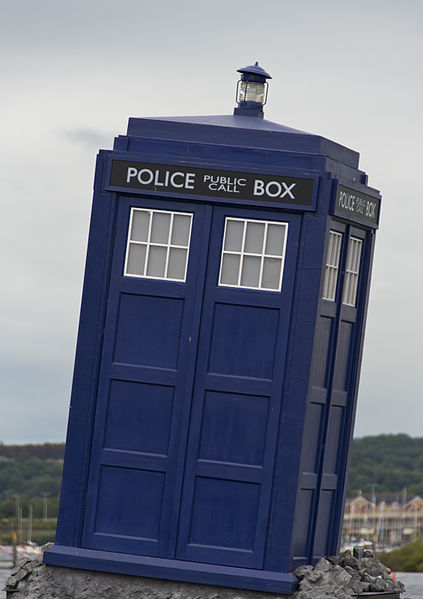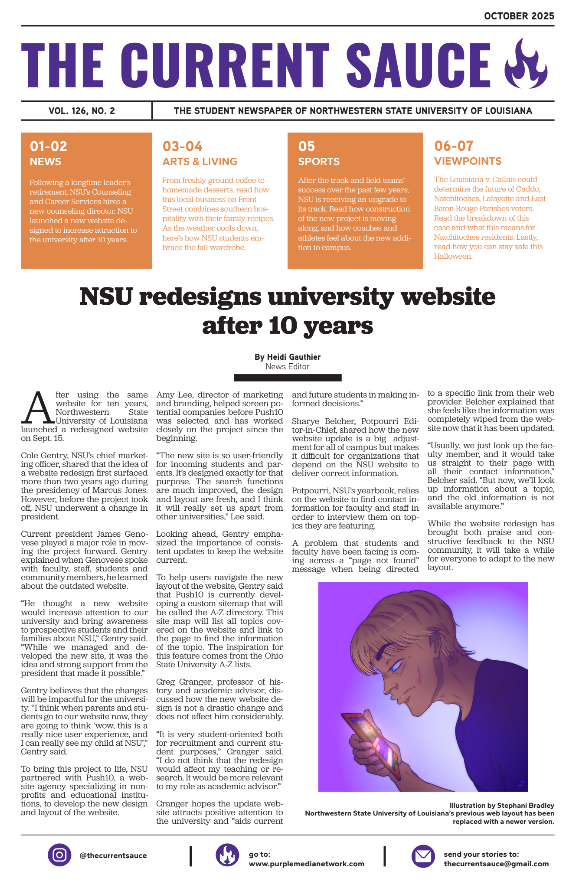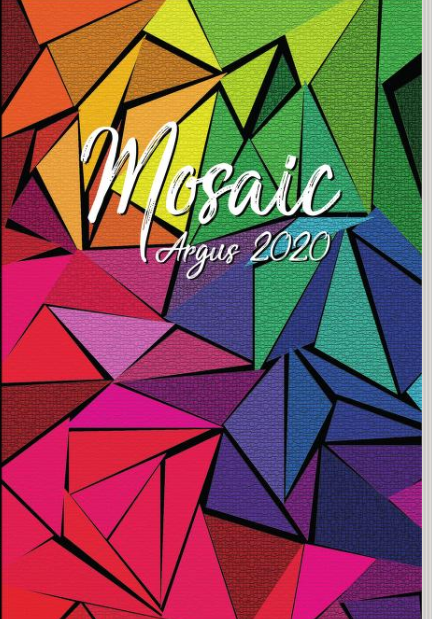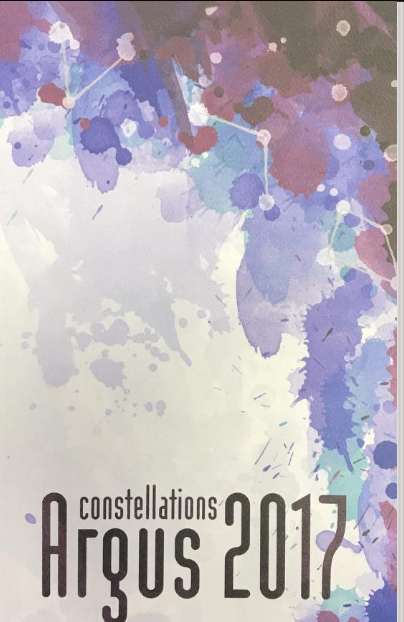Doctor Who: a timeless classic

One of the most enduring symbols of the series is a time machine called the TARDIS, which stands for Time and Relative Dimensions in Space
Next year will mark 60 years since “Doctor Who” made its impact on the airwaves and on geek culture, but few are aware of the popular TV show’s humble beginnings. What started as a children’s television series that attempted to introduce historical and scientific concepts in an engaging way soon became a cult classic and a staple of modern science fiction.
Doctor Who began life in 1963 under the watchful eye of the British Broadcasting Corporation (BBC). The series was created by Verity Lambert and Sydney Newman. The initial premise of the series was of an amnesiac alien creature called the Doctor, who traveled through space and time with his companions and defended the universe from all sorts of threats. The Doctor came from a planet called Gallifrey, but he was exiled for disobeying the Time Lords (the species the Doctor belongs to).
One of the most enduring symbols of the series is a time machine called the TARDIS, which stands for Time and Relative Dimensions in Space. Initially, the TARDIS was supposed to change appearances based on the location the Doctor and his companions visit in each episode. For example, if the Doctor and company were visiting Ancient Egypt, the TARDIS would take on the appearance of a sarcophagus.
However, when the production staff saw the budget they were given, they permanently changed the appearance of the time machine to a 1960s-era police box. This was explained in-universe by the idea of the “Chameleon Circuit.” If the TARDIS’s Chameleon Circuit wasn’t functioning properly, then it could not blend into the location and era it traveled to.
Once the team at the BBC put the pieces of the puzzle into place, the series premiered on Nov. 23, 1963 with “An Unearthly Child.” That first episode featured William Hartnell as the Doctor and Carole Ann Ford as Susan Foreman, the Doctor’s very first companion. However, the broadcast received interference due to BBC coverage of the assassination of President John F. Kennedy.
Due to his advancing age, Hartnell had difficulty memorizing his lines, which sparked conversations in the BBC Television Centre offices as to whether he should be replaced. After much debate and discussion, Patrick Troughton replaced William Hartnell as the Second Doctor. This was later explained in the “Doctor Who” universe as “regeneration.”
In-universe, the concept of regeneration is explained as a feature that is unique to the Time Lord species. While a human may die if something harmful occurs, a Time Lord will simply regenerate into a completely new form. This not only became a way to introduce a completely new Doctor, but also a completely new group of companions and monsters.
The monsters soon became synonymous with “Doctor Who.” One such monster was the Daleks. The Daleks became iconic for a multitude of reasons, including, but not limited to their trashcan-like appearance, their signature catchphrase of “exterminate”, and their inability to navigate stairs.
As the series continued to grow and evolve, it began to receive airtime on the Public Broadcasting System network (PBS). Due to the easy availability of PBS on college campuses, “Doctor Who” soon became popular among the American college student crowd. While there were some genuine fans of the series in the States, it was most popular because of its status as an unlikely cult classic.
The BBC did not have the budget or special effects technology that it does now, which meant relatively poor production value as compared to today’s series. Sets often fell over, monster costumes were often rubbery (or in the case of one episode, practically made of bubble wrap), and the overall effects and acting often left a lot to be desired.
The production quality gave the series a Rocky Horror Picture Show-like appeal among students, which lent itself cult classic status in the United States. By the 1980s, fan conventions such as Gallifrey One and Chicago TARDIS featuring performers from the series began to pop up across the United States. This particular version of the series, known among the fan community as “Classic Who”, continued to air in the United States until the 1990s and in England until 1989.
After the series was canceled in England, fans began to wonder if the series would ever come back. Their fears were quelled in 1996 when a television film was made starring Paul McGann as the Eighth Doctor. However, after the film aired, there was radio silence from the BBC as to whether or not “Doctor Who” would grace the airwaves on a more regular basis.
In 2005, Russell T. Davies brought the series back from the dead in collaboration with BBC Wales. Christopher Eccleston appeared as the Ninth Doctor, accompanied by Billie Piper as Rose Tyler. The series was welcomed back to the airwaves with positive critical and commercial reception.
Following David Tennant, Matt Smith and Peter Capaldi’s terms as the Doctor, showrunner Chris Chibnall decided that it was time for some new blood in the TARDIS. This led to the casting of Jodie Whitaker (best known for Broadchurch) as the first female Doctor. Although some traditionalist fans greatly disliked the idea of a female Doctor, Whitaker’s time on the show was well-received by many in the fan community.
In May, it was announced that Whitaker’s tenure on the series would be coming to an end. Ncuti Gatwa (of the Netflix series Sex Education) was announced as the first Black Doctor. The announcement that Whitaker was passing the Sonic Screwdriver to Gatwa was met with controversy, but only time will tell if Gatwa becomes a fan favorite like his predecessors.
Ever since Doctor Who returned to the airwaves, the fan community has helped to keep it afloat. In the US and the UK, Doctor Who was not only an unlikely cult classic, but also an enduring staple of science fiction and geek culture.


























